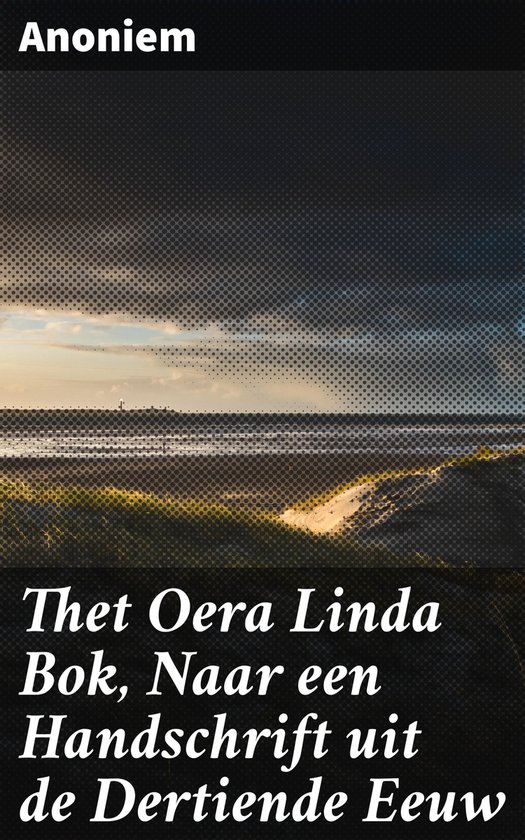
The Oera Linda Book from a Manuscript of the Thirteenth Century
The whole contents of the book are in all respects new. That is to say, there is nothing in it that we were acquainted with before. What we here read of Friso, Adel, and Askar differs entirely from what is related by our own chroniclers, or rather presents it in quite another light. For instance, they all relate that Friso came from India, and that thus the Frisians were of Indian descent; and yet they add that Friso was a German, and belonged to a Persian race which Herodotus called Germans (Γερμάνιοι). According to the statement in this book, Friso did come from India, and with the fleet of Nearchus; but he is not therefore an Indian. He is of Frisian origin, of Frya’s people. He belongs, in fact, to a Frisian colony which after the death of Nijhellênia, fifteen and a half centuries before Christ, under the guidance of a priestess Geert, settled in the Punjab, and took the name of Geertmen. The Geertmen were known by only one of the Greek writers, Strabo, who mentions them as Γερμνες, differing totally and entirely from the Βραχμνεςin manners, language, and religion. The historians of Alexander’s expeditions do not speak of Frisians or Geertmen, though they mention Indoscythians, thereby describing a people who live in India, but whose origin is in the distant, unknown North. In the accounts of Liudgert no names are given of places where the Frieslanders lived in India. We only know that they first established themselves to the east of the Punjab, and afterwards moved to the west of those rivers. It is mentioned, moreover, as a striking fact, that in the summer the sun at midday was straight above their heads. They therefore lived within the tropics. We find in Ptolemy exactly 24° N. on the west side of the Indus, the name Minnagara; and about six degrees east of that, in 22° N., another Minnagara. This name is pure Fries, the same as Walhallagara, Folsgara, and comes from Minna, the name of an Eeremoeder, in whose time the voyages of Teunis and his nephew Inca took place. The coincidence is too remarkable to be accidental, and not to prove that Minnagara was the headquarters of the Frisian colony. The establishment of the colonists in the Punjab in 1551 before Christ, and their journey thither, we find fully described in Adela’s book; and with the mention of one most remarkable circumstance, namely, that the Frisian mariners sailed through the strait which in those times still ran into the Red Sea. In Strabo, book i. pages 38 and 50, it appears that Eratosthenes was acquainted with the existence of the strait, of which the later geographers make no mention. It existed still in the time of Moses (Exodus xiv. 2), for he encamped at Pi-ha-chiroht, the “mouth of the strait.” Moreover, Strabo mentions that Sesostris made an attempt to cut through the isthmus, but that he was not able to accomplish it. That in very remote times the sea really did flow through is proved by the result of the geological investigations on the isthmus made by the Suez Canal Commission, of which M. Renaud presented a report to the Academy of Sciences on the 19th June 1856. In that report, among other things, appears the following: “Une question fort controversée est celle de savoir, si à l’époque où les Hebreux fuyaient de l’Egypte sous la conduite de Moïse, les lacs amers faisaient encore partie de la mer rouge. Cette dernière hypothèse s’accorderait mieux que l’hypothèse contraire avec le texte des livres sacrés, mais alors il faudrait admettre que depuis l’époque de Moïse le seuil de Suez serait sorti des eaux.”
| Auteur | | Anonymous |
| Taal | | Engels |
| Type | | E-book |
| Categorie | | Geschiedenis |





